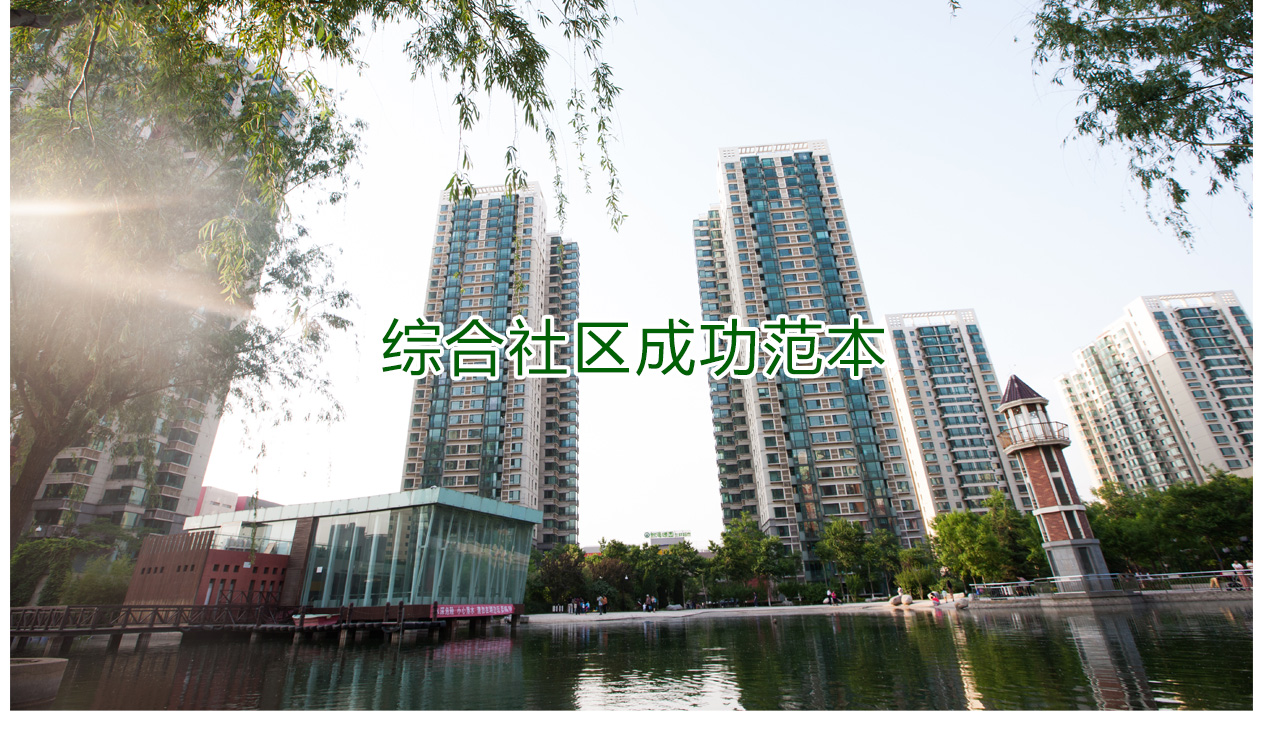 In the southwest of Beijing lies a nearly eight-hundred-mu land, above which there is always an auspicious cloud drifting in the sky. Tens of either dark red or dark green buildings of different height are standing there and nearly 10,000 families are enjoying their life there. There are trees, flowers, birds, parks, schools, kindergartens, shopping malls and other service facilities around. The residents are polite, courteous, helpful and humble and the life is peaceful and joyful. This is a piece of land with happiness and harmony. This is the gold medal residential community in Beijing ------Yihai Garden.
In the southwest of Beijing lies a nearly eight-hundred-mu land, above which there is always an auspicious cloud drifting in the sky. Tens of either dark red or dark green buildings of different height are standing there and nearly 10,000 families are enjoying their life there. There are trees, flowers, birds, parks, schools, kindergartens, shopping malls and other service facilities around. The residents are polite, courteous, helpful and humble and the life is peaceful and joyful. This is a piece of land with happiness and harmony. This is the gold medal residential community in Beijing ------Yihai Garden.
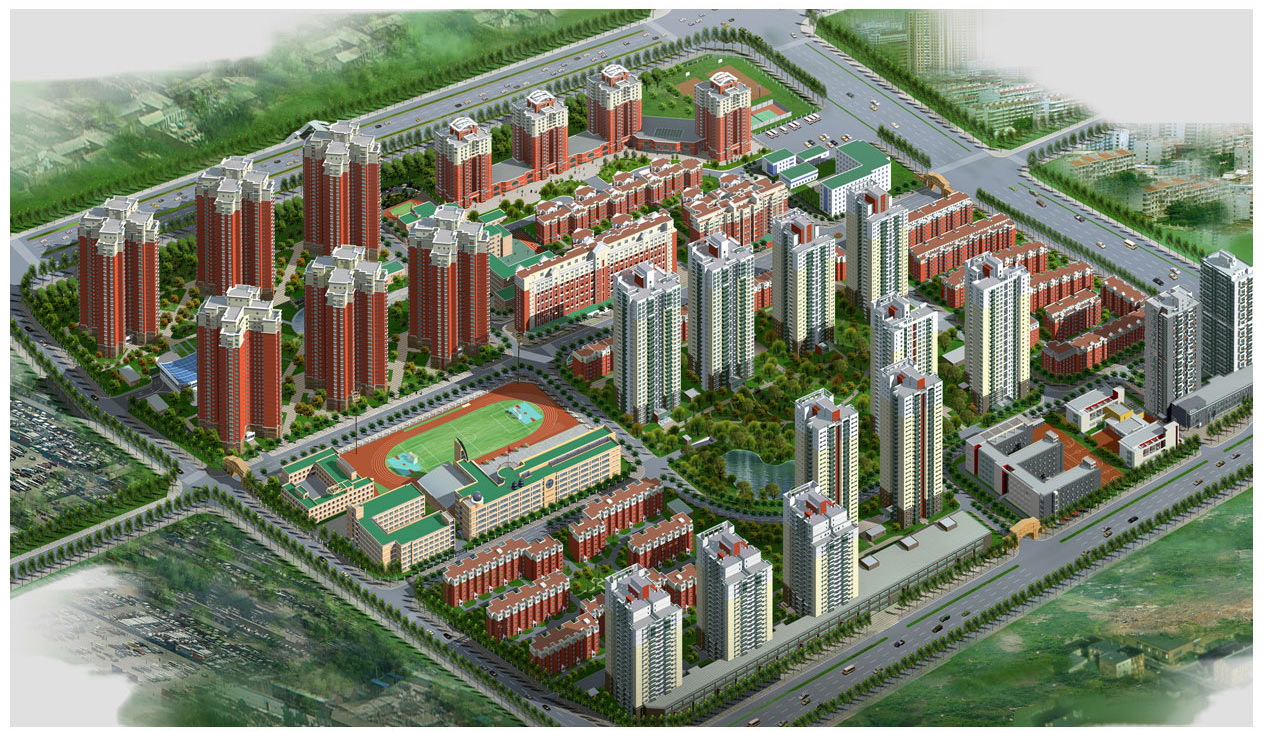
Life in elsewhere
The French poet Arthur Rimbaud once said “Life is elsewhere”. Yes, everyone has a thirst to travel afar to meet different people and visit different sceneries. That derives from our love of life and hope for a better world. We repeatedly tell ourselves to change a job, dwell in another city and live another life so that we might relieve discomfort in our heart. Life is not necessarily elsewhere, however, we seem to have long lost the ability to “live here”. We need to endorse the present, cherish the present, grasp the present and revive the feeling of home.
Life is here
Yihai community is a “new-life-style” cultural system composed of multivariate life experience. Every detail here, construction quality, or property services, education resources, living facility, or atmosphere at home and in the neighborhood, is subtly influencing and changing the people here.
Proprietors who live here say there are schools they hold in high regard; children who read here say there are neighbors they live in harmony with; old people who have a rest here say there is childhood they stay together with; customers who do shopping here say there is greening they are content with; members who keep fit here say there is security they trust... Security guards on duty here say this is a “phenomenon of Yihai”.
Enjoy life and understand it. Life is not elsewhere. Life is here and now. Life is right here.

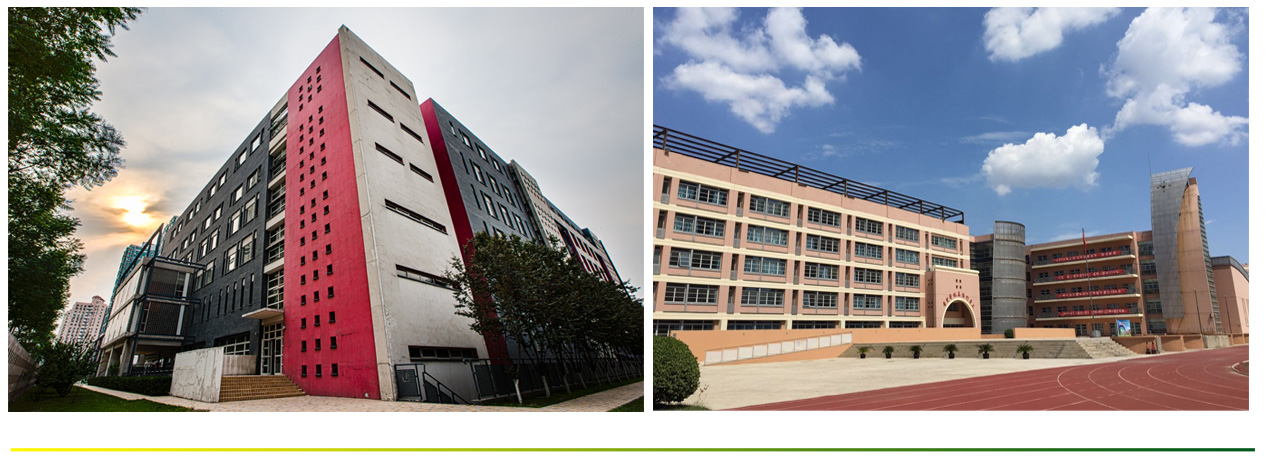 From there buge sandpits to Yihai Garden
From there buge sandpits to Yihai Garden
In December 1992, the Beijing Municipal Government organized its first meeting to invite investments in Hong Kong. As a result, Wang Linda, President of the Yihai Group, together with dozens of investors arrived with gusto at the southwest corner in Fengtai District, Beijing. Three big bunkers of 27 meters deep and 100 meters wide were the first things that saluted their eyes. At the bottom of the bunkers was a layer of sand, a layer of pebbles, menacing easy loss of soil and water; Outside of the bunkers was a sparely populated wild land overgrown with weeds within a radius of dozens of li. At this, Wang Linda’s three partners put forward to withdraw their shares and returned to Hong Kong, and other foreign investors also kept whining and left Beijing one after another.
However, Wang Linda did not shake. She chose to stay, and signed an agreement of land development on behalf of Yihai with the Beijing Municipal Government. Faced with the lack of water, electricity, gas, and a large stretch of watercourse, sandpits, and dumps, Wang Linda did not retreat, but determined to build up an unprecedented comprehensive community on this vast land. Under the government’s encouragement and support, Wang Linda stuck to her faith, and spent three years on land acquisition and demolition, by attending to everything personally from buying materials to construction, from contacting the bus line to setting up the telephone line. Nothing is impossible for a willing heart. The past wilderness now has turned into the Yihai Garden---- a large community where tall buildings rise up from the ground, covering an area of 1.4 million square meters that can accommodate 45 000 people to live in.
According to textual research, one of the three big bunkers is the artificial lake now, another big bunker is the school playground, and the other is the swimming pool in the “Yihai Garden”.

BEIJNG YIHAI GARDEN
Beijing Yihai Garden covers a total land area of nearly 0.5 million m2, with the total construction area up to 1.2 million m2, affording the residence for nearly 10,000 households. There are altogether 52 buildings, together with three large central plazas and an artificial lake of 4000 m2 and the comprehensive green coverage up to 46%.
The supporting service facilities include a middle school (include its senior high school department), a primary school, a kindergarten, an international school, and elderly college, a training center and a commercial street and two standard natatoriums, a heat supply center and a large underground parking garage that can accommodate 6000 vehicle booths.
Beijing Yihai Garden has become a successful model for education run by the large community, thus having won many awards and titles, say, “Comprehensive Community Development Model Award”, “Best Human Living Biological Building Award”, “Golden Brand Residential District”, “Special Cultural Award of Best Residential Building in Beijing”, “Excellent Award for Star-level Building in Beijing” and “A Community with Fullest Supporting Facilities in Beijing”, etc.
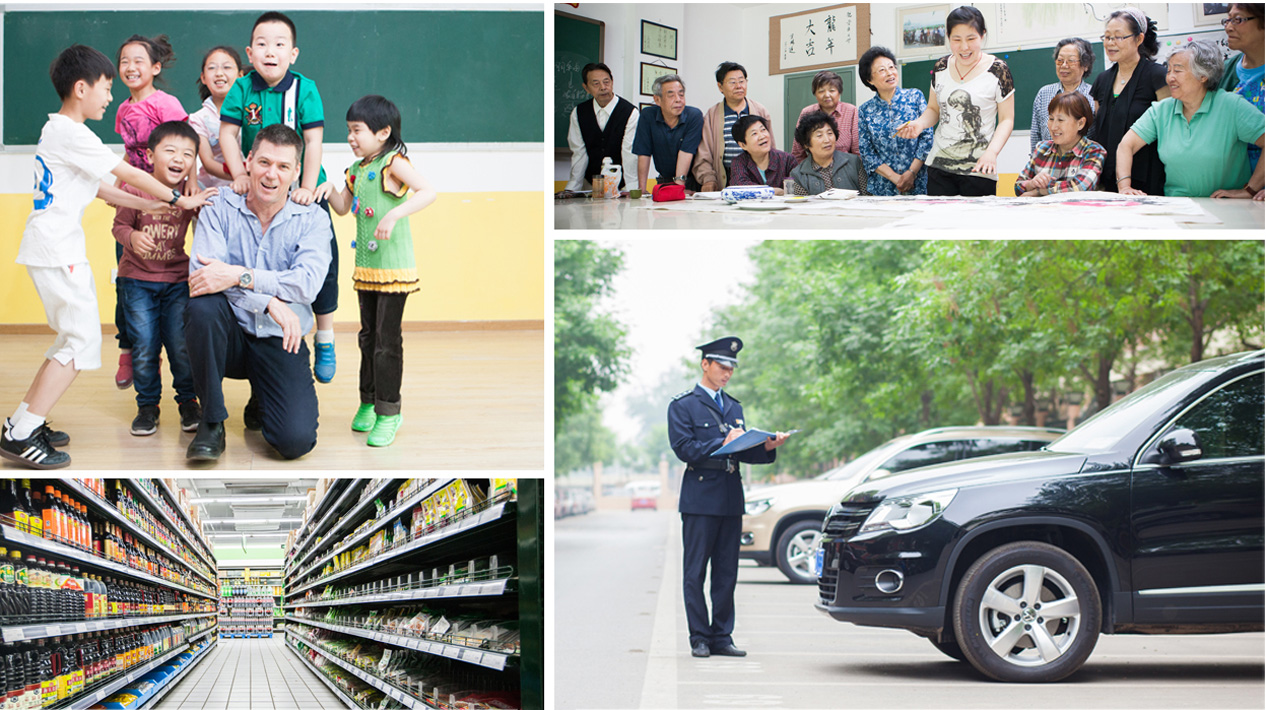
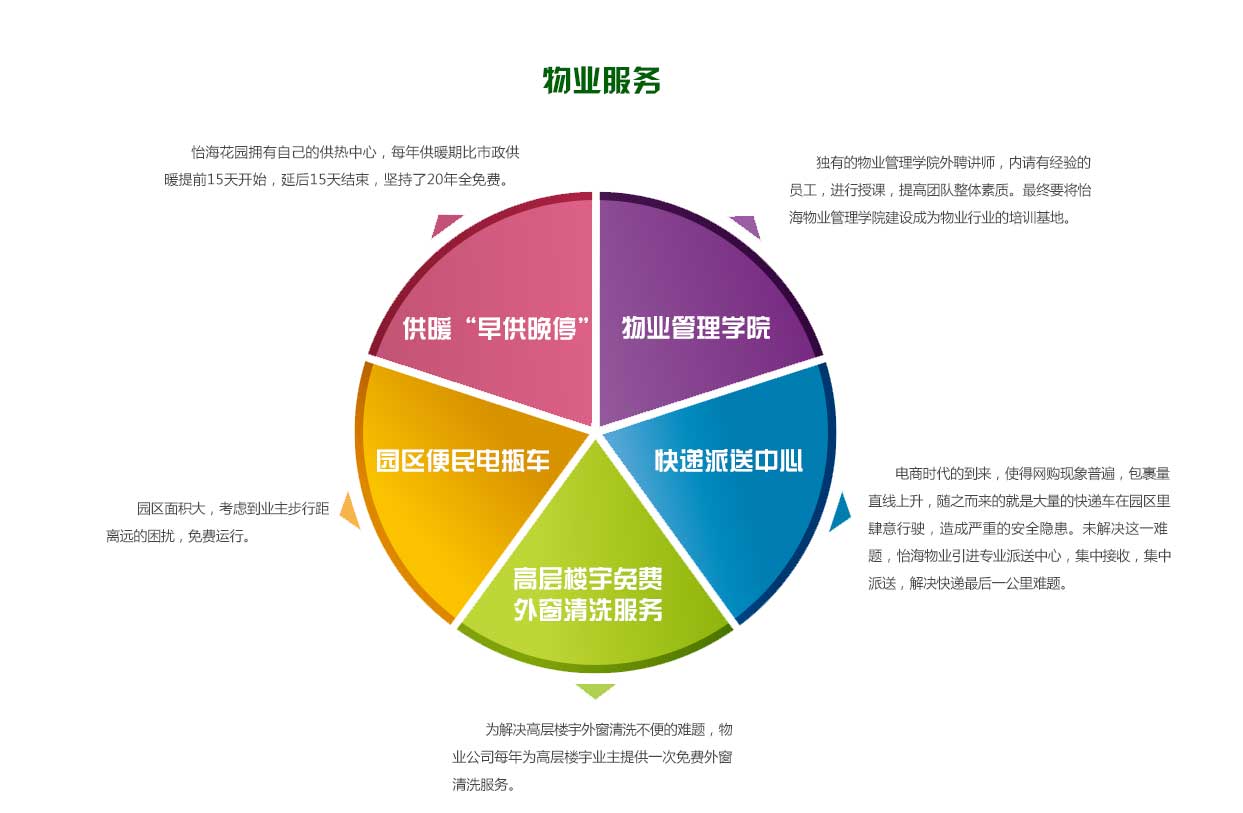
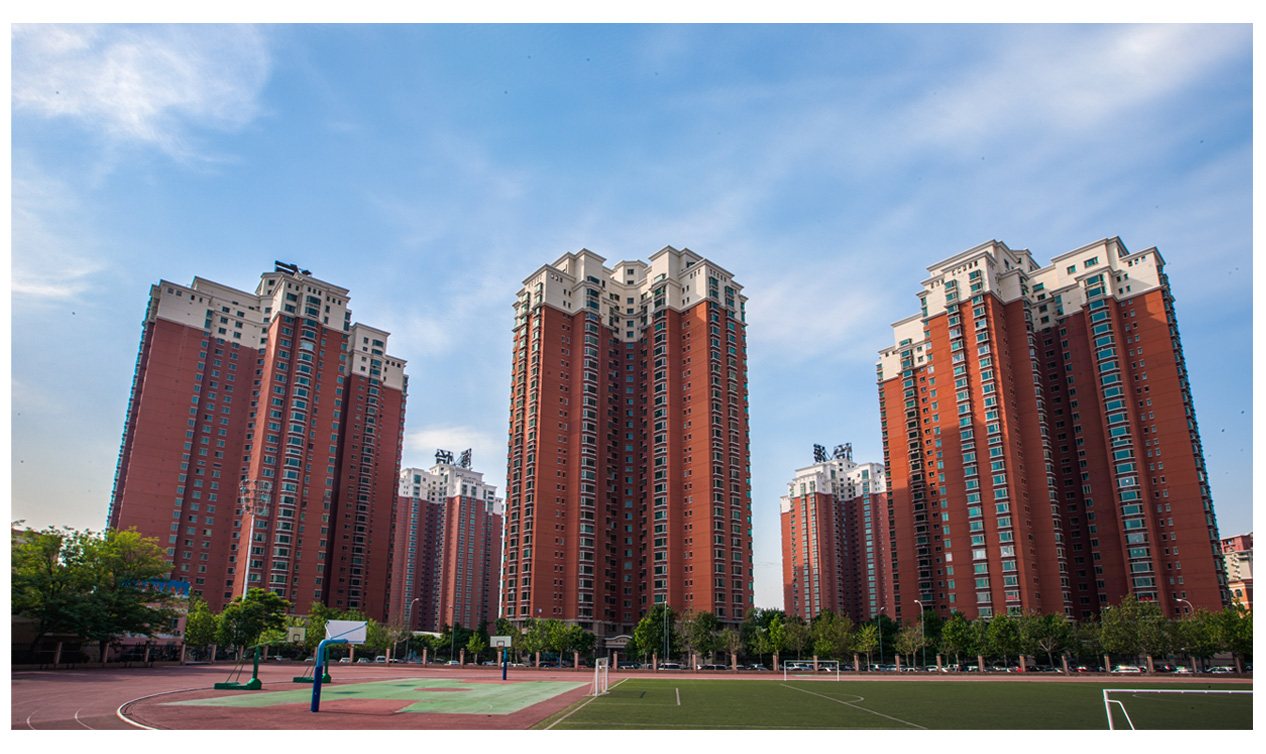 “Yihai red” is the mass-tone of the early outer wall of the Yihai Garden, with a touch of nobleness and peace seem from far or near. Wang Linda, President of the Yihai Group devoted a lot of care to “Yihai red”. She had personally searched for a color that could best represent the outer wall of Yihai Garden far and wide across the country, even in Europe, the United States, etc. But, to her disappointment, no colors could touch her. In the end, the “classic red” of the outer wall of the Imperial Palace at the Tananmen Square inspired her. Thus, “Yihai red” was born with “Imperial Palace red” as the basic color and through repeated dose concoction. So, “Yihai red” is Yihai people’s reverie about the Chinese land, and a symbol of “Yihai dream” that will last for a hundred of generations.
“Yihai red” is the mass-tone of the early outer wall of the Yihai Garden, with a touch of nobleness and peace seem from far or near. Wang Linda, President of the Yihai Group devoted a lot of care to “Yihai red”. She had personally searched for a color that could best represent the outer wall of Yihai Garden far and wide across the country, even in Europe, the United States, etc. But, to her disappointment, no colors could touch her. In the end, the “classic red” of the outer wall of the Imperial Palace at the Tananmen Square inspired her. Thus, “Yihai red” was born with “Imperial Palace red” as the basic color and through repeated dose concoction. So, “Yihai red” is Yihai people’s reverie about the Chinese land, and a symbol of “Yihai dream” that will last for a hundred of generations.
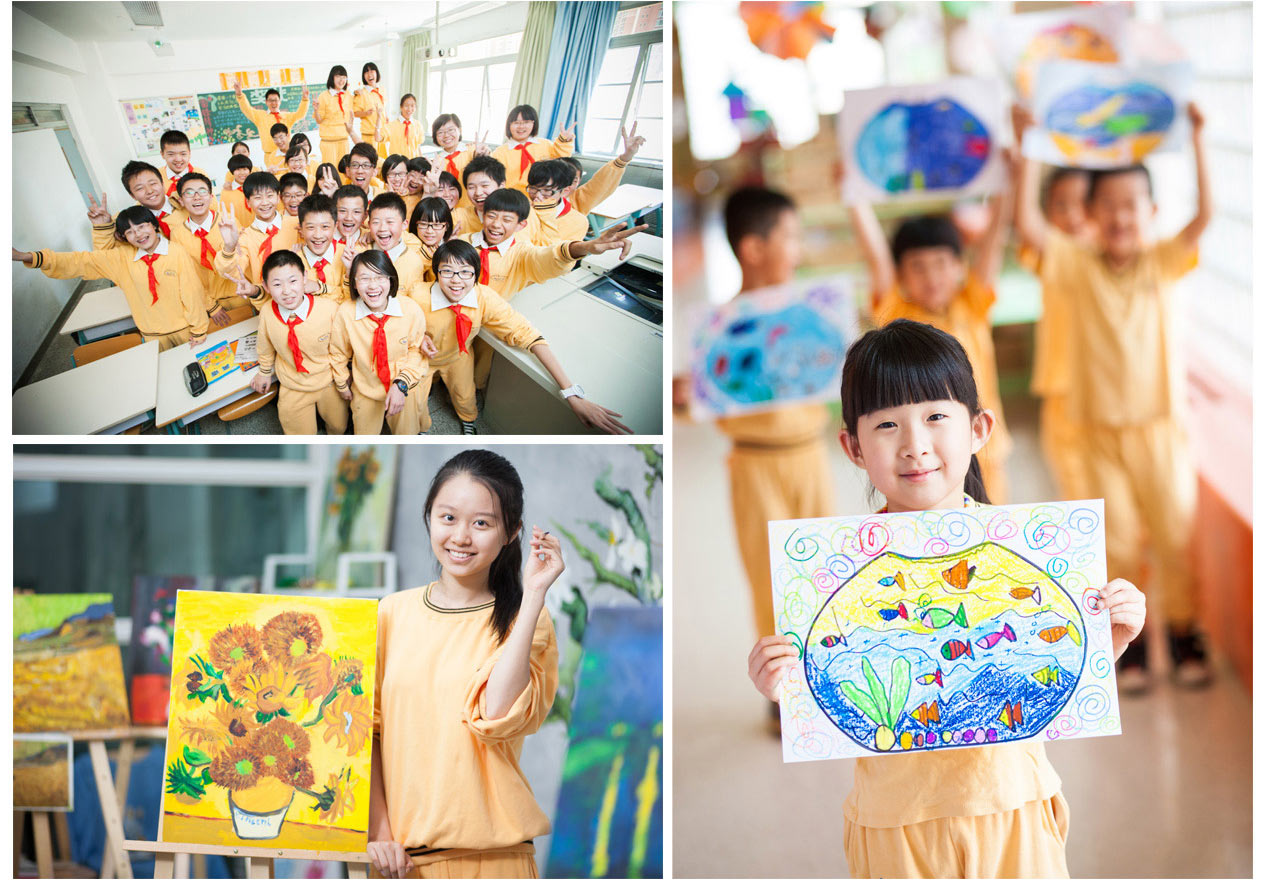
“Yihai yellow” is the uniform color of Yihai schools. Wang Linda, President of the Yihai Group, got an inspiration from “Yihai red” and “green”: “Yihai red” is the color of buildings in the Yihai community, and “green” is the color of the playground grass of the middle schools in the Yihai community. Therefore, “Yihai yellow”, a color similar to yellow, and a unique exclusive color, came into being as a result of Wang Linda’s comparison of 136 kinds of yellow pigments, careful concoction, and selection. Yihai yellow” is exactly like the color of a kind of local fruit in Beijing ----- “apricot”, a symbol of hope and harvest, implying that Yihai Education will have students all over the country. “Yihai yellow” belongs to the environmental protection reactive dyes, and never fades away. It is imbued with Wang Linda’s love for children and education in the hope that children will accept the best education and be bathed in the sun of “Yihai yellow”.